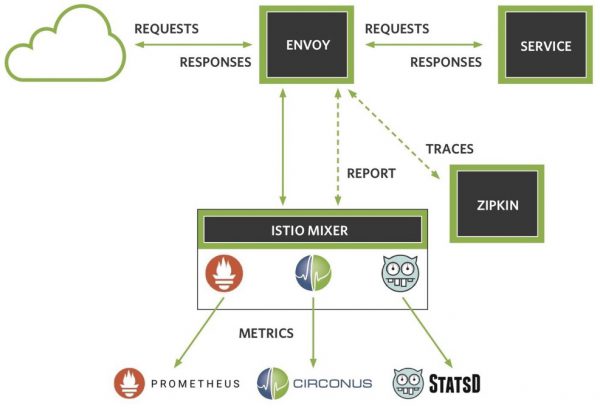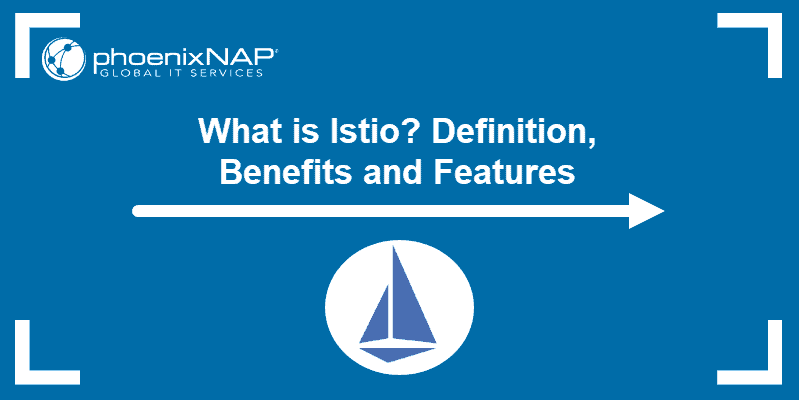

Now grab the sample code for this blog post, which is in my GitHub repo: You’ll also need to increase the amount of memory Docker can use, because Istio and the demo app use a fair bit – in the Resources section increase the memory slider to at least 6GB.
Istio on docker for mac install#
Just install the Mac or Windows version – be sure to switch to Linux containers if you’re using Windows – then open the settings from the Docker whale icon, and select Enable Kubernetes in the Kubernetes section. Setupĭocker Desktop gives you a full Kubernetes environment on your laptop. I’ll focus on three scenarios that Istio enables, and all you need to follow along is Docker Desktop. In this post, I’ll try and keep it simple. But it can be a difficult technology to get started with because you really need a solid background in Kubernetes before you get too far. My fellow Docker Captain Lee Calcote is the co-author of Istio: Up and Running, and I’ve just published my own Pluralsight course Managing Apps on Kubernetes with Istio.

There’s a lot of good material for digging into Istio. That’s useful because it simplifies the code and configuration in your app, removing all network-level infrastructure concerns like routing, load-balancing, authorization and monitoring – which all become centrally managed in Istio. It’s a powerful architecture that lets you manage the communication between components independently of the components themselves. Istio is a service mesh – a software component that runs in containers alongside your application containers and takes control of the network traffic between components. Elton is the author of the book Learn Docker in a Month of Lunches, and numerous Pluralsight video training courses – including Managing Apps on Kubernetes with Istio and Monitoring Containerized Application Health with Docker. This is a guest post from Docker Captain Elton Stoneman, a Docker alumni who is now a freelance consultant and trainer, helping organizations at all stages of their container journey.


 0 kommentar(er)
0 kommentar(er)
